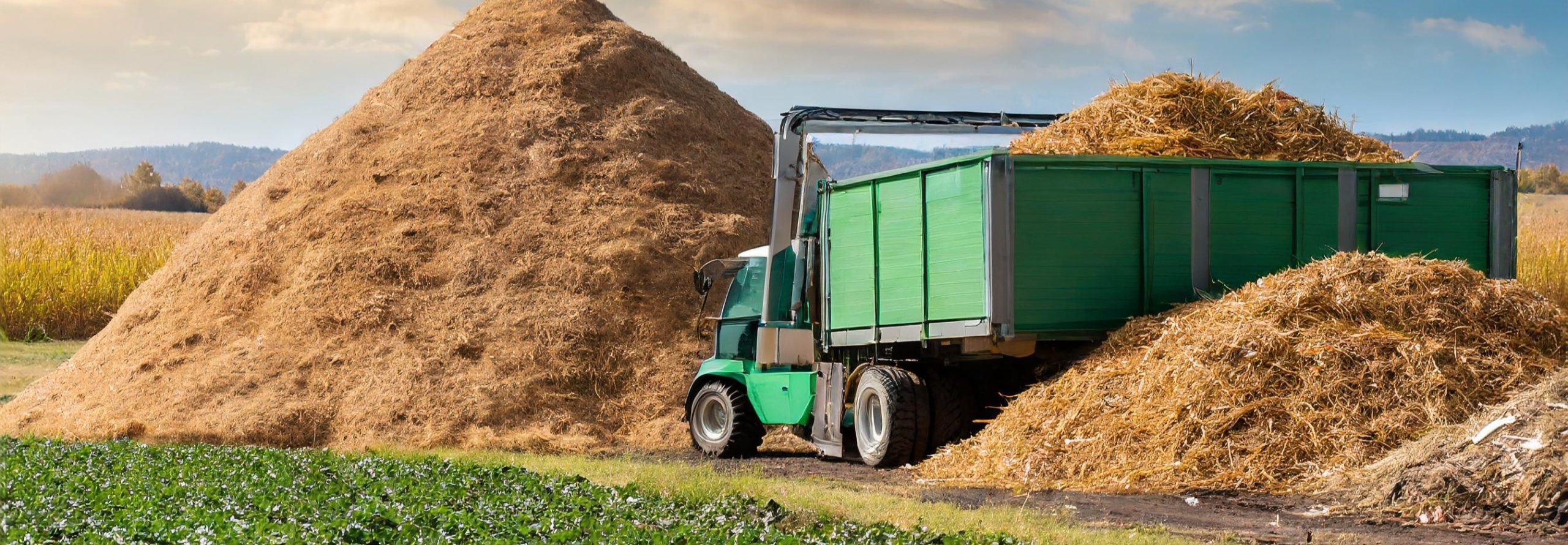Comprehensive Showcase of Global Agro Waste Management Innovations & Startups
From CLIMAFIX, the leader in climate innovation intelligence
Agro Waste Management Introduction:
Significant amounts of agricultural produce are wasted post their harvest – either on the farms or before they reach the destination where they are stored or consumed. Such wastage, in addition to resulting in significant economic losses to farmers, greenhouse gas emissions (from the energy needed to the amount of harvest that has been lost and also from the bio-methanation of some portion of such waste), also results in serious negative implications for society.
Estimates suggest that a staggering 400 million metric tons of grain alone (about 20% of global grain production) were lost in 2018. For many smallholder farmers in Asia, rice post-production processes from harvesting to milling are estimated to incur losses of 20 to 30% of the rice grain produced. In addition to other aspects, this also implies a significant economic loss to these farmers, many of whom are in developing or underdeveloped countries. Estimates are likely to be similar (or worse) for perishable food items like fruits and vegetables.
The main causes of this postharvest loss include lack of temperature management, rough handling, poor packaging material, and lack of education on how to maintain the harvest.
The losses occur at different stages of the supply chain for different regions, complicating unified solutions development. In Peru for instance, most farmers dry their crops in the field, directly on the ground, which exposes them to rodents, birds, and insects, resulting in losses. On the other side of the world, in Thailand, the largest fraction of wastage occurs during handling and storage.
In addition to crop loss post-harvest, agriculture also generates significant amounts of crop waste after harvest. For instance, India generates about 350 million tonnes of agricultural waste every year.
All these make post-harvest agricultural waste an important domain to work on.
For the 2020-2030 period, key innovations in this domain can be expected in solutions for post-harvest crop storage & protection, platforms that enable farmers to sell surplus harvest profitably, and solutions for recovering value from a wide range of agricultural residues & waste.
The Agro Waste Management Innovations & Startups Report provides insights on the following:
- Current & Emerging Technologies
- Innovation & Startups Analysis
- Urgency of this Decarbonization Avenue
- Unique Solutions Derived from Startups
- Commercialization Potential
- Scalability
- Highlights of Prominent Innovations & Startups
- List of 10 High-Impact Startups
For each startup, the following inputs are provided:
- Product
- Key benefits
- Technology & process
- Videos
- Links to founder profiles
- Links to prominent news & analyses about the startup
The Agro Waste Management Innovations Report is part of CLIMAFIX 500, a comprehensive global climate innovation and startup report.



